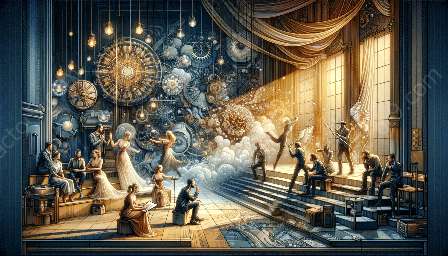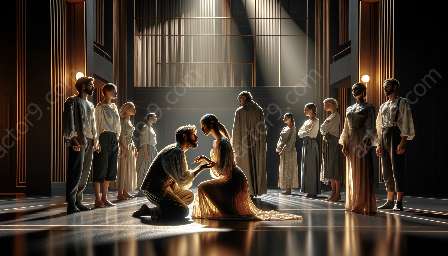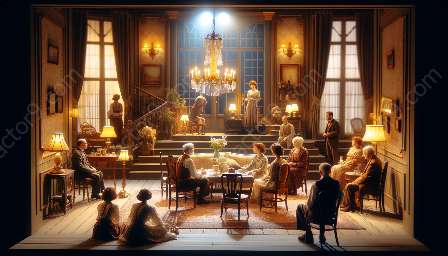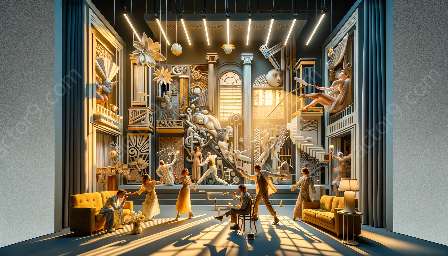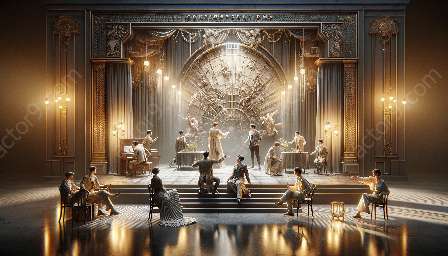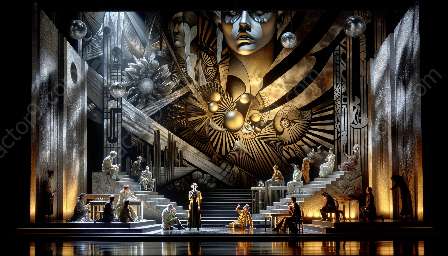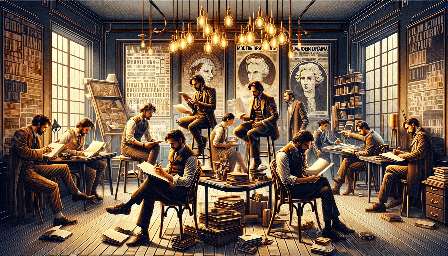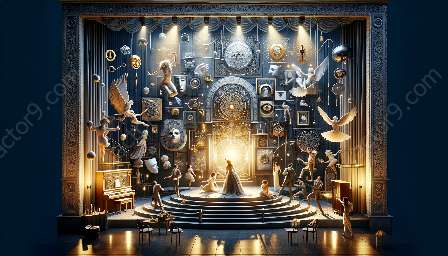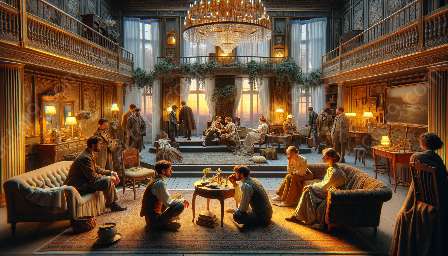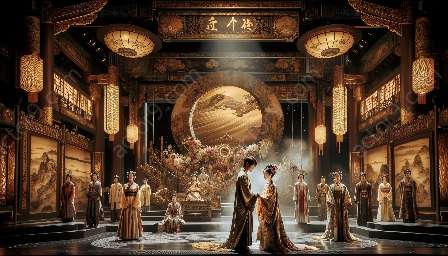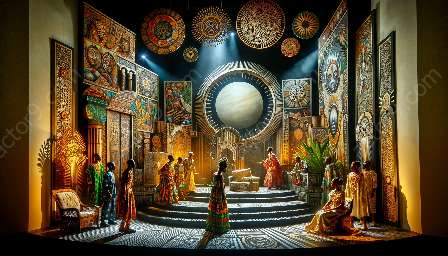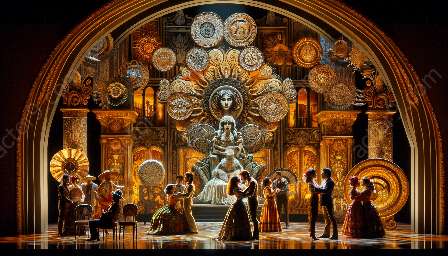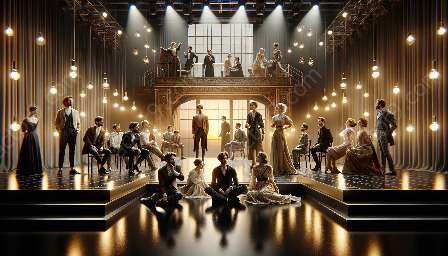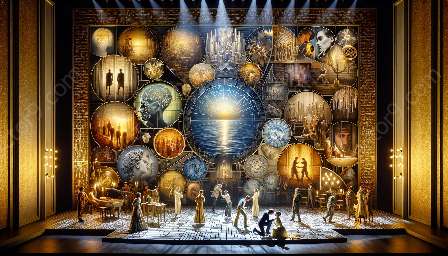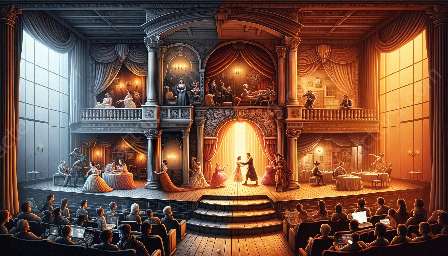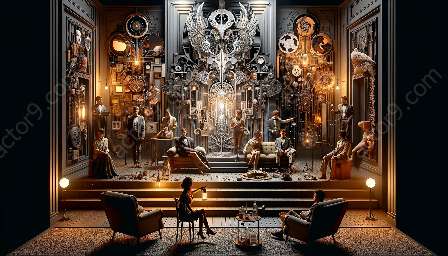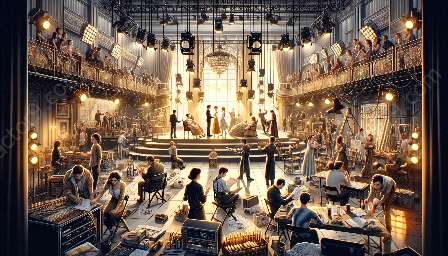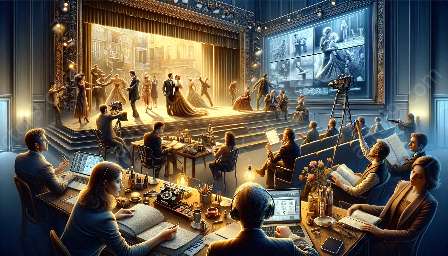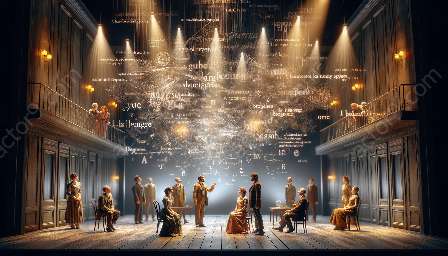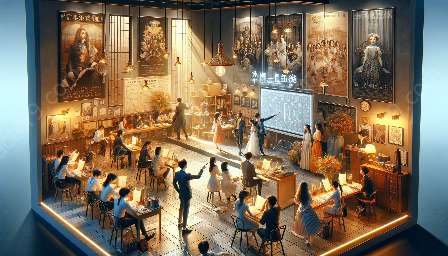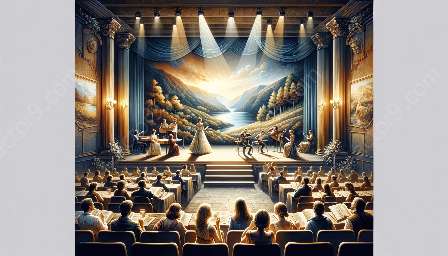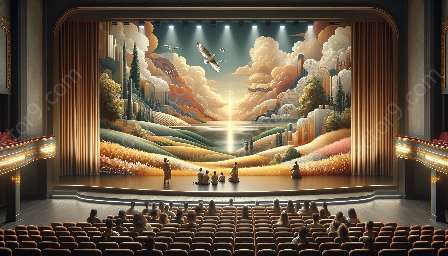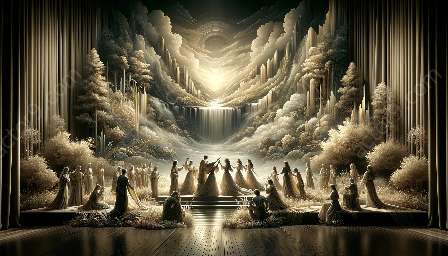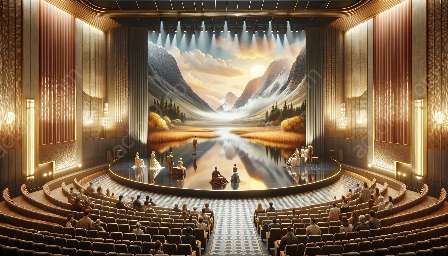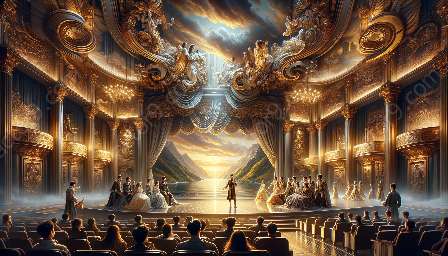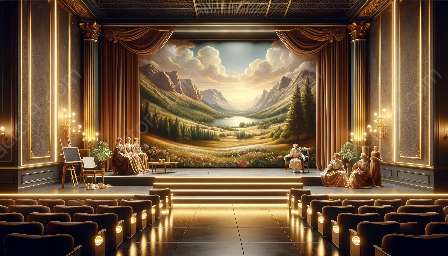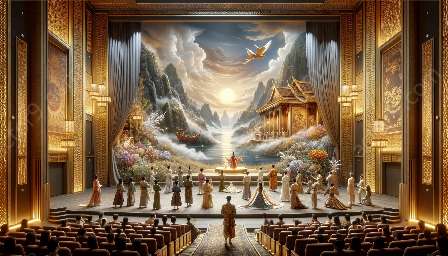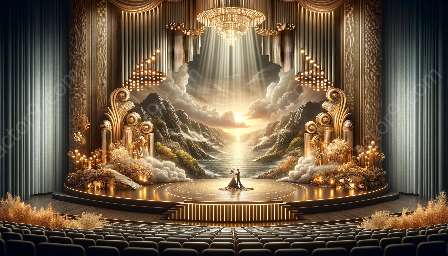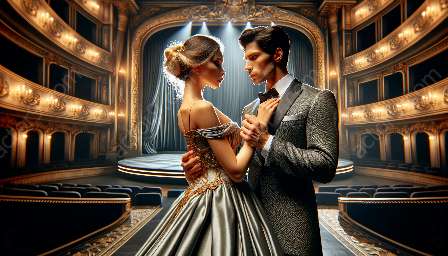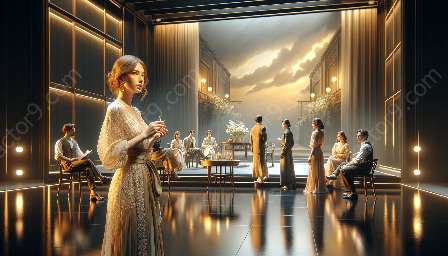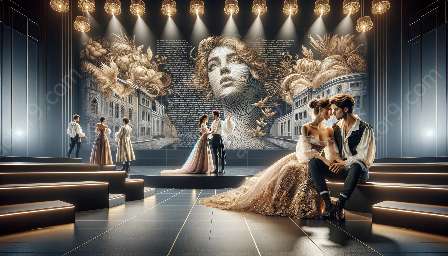Modern drama, with its dynamic and ever-evolving nature, continually seeks innovative ways to engage audiences and express artistic vision. One such innovation is the integration of multimedia elements, which have revolutionized the interplay of text and performance in contemporary theatrical productions. This topic cluster explores the impact, significance, and compatibility of integrating multimedia elements within the context of modern drama.
The Significance of Multimedia Integration in Modern Drama
The seamless integration of multimedia elements in modern drama has redefined storytelling and transformed the theatrical experience. By incorporating visual, auditory, and interactive media, playwrights and directors can enhance the overall impact of the narrative and create immersive, multi-sensory experiences for audiences.
Enhancing the Narrative Structure
Through the strategic use of multimedia, modern dramatists can imbue their works with new layers of meaning and symbolism. Visual projections, soundscapes, and digital effects provide opportunities to enrich the storytelling process, offering fresh perspectives on character development, setting, and thematic elements.
Augmenting Emotional Resonance
When integrated thoughtfully, multimedia elements contribute to the emotional depth of a theatrical production. The use of evocative visuals, sound design, and interactive technology can evoke visceral responses from audiences, intensifying the emotional impact of the performance and fostering deeper connections between the narrative and its viewers.
Compatibility with the Interplay of Text and Performance
The interplay of text and performance lies at the core of modern drama, serving as the foundation for dynamic storytelling and character portrayal. When multimedia elements are seamlessly integrated, they complement and enrich the inherent relationship between text and performance, resulting in a more cohesive and impactful theatrical experience.
Multimedia as a Catalyst for Expression
By integrating multimedia, modern dramatists can amplify the expressive potential of textual and performative elements. Visual projections, audio accompaniment, and interactive media facilitate innovative modes of expression, enabling artists to communicate complex themes, moods, and narrative nuances with heightened clarity and resonance.
Blurring Boundaries and Challenging Conventions
The integration of multimedia elements challenges conventional notions of dramatic presentation, blurring the boundaries between traditional and contemporary theatrical forms. This fluid interplay between various media and live performance not only expands the creative possibilities for artists but also encourages audiences to approach modern drama with a more open and adaptive perspective.
The Impact of Multimedia Integration on Modern Drama
The fusion of multimedia elements with modern drama has far-reaching implications, influencing artistic innovation, audience engagement, and the evolution of theatrical practices. This transformative impact underscores the significance of embracing multimedia as an integral component of contemporary dramatic storytelling.
Fostering Artistic Innovation and Experimentation
The inclusion of multimedia elements encourages artists to explore new avenues for storytelling and theatrical expression. This innovative spirit fosters a culture of experimentation, pushing the boundaries of traditional dramatic conventions and paving the way for groundbreaking approaches to narrative construction and audience experience.
Enriching Audience Engagement and Accessibility
Engaging with multimedia-enhanced performances offers audiences an enriching and accessible entry point into modern drama. By catering to diverse sensory modalities and cognitive preferences, multimedia integration expands the reach and inclusivity of theatrical experiences, facilitating deeper audience immersion and involvement.
Shaping the Evolution of Theatrical Practices
The integration of multimedia elements in modern drama not only transforms individual productions but also contributes to the broader evolution of theatrical practices. As contemporary artists continue to harness the potential of multimedia, they influence the development of new methodologies, tools, and interdisciplinary collaborations within the theatrical landscape.


